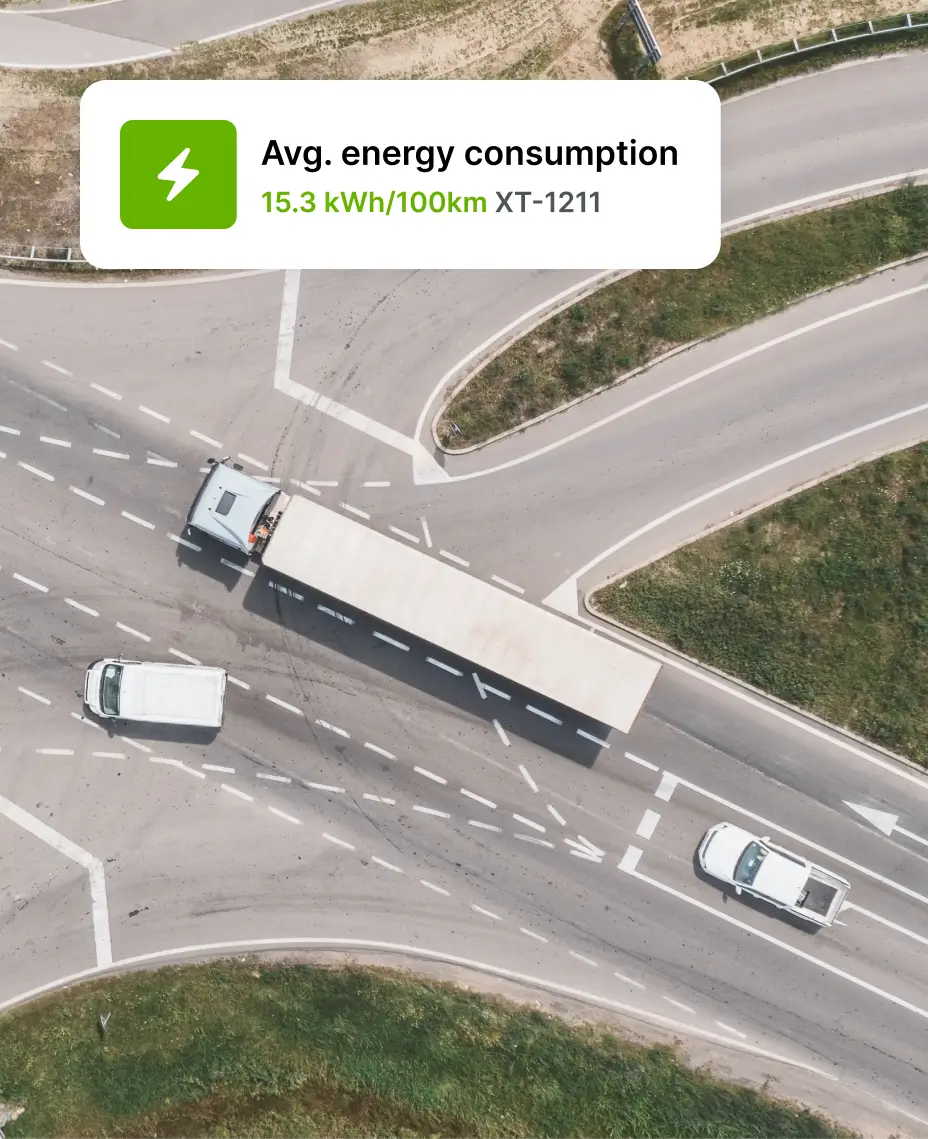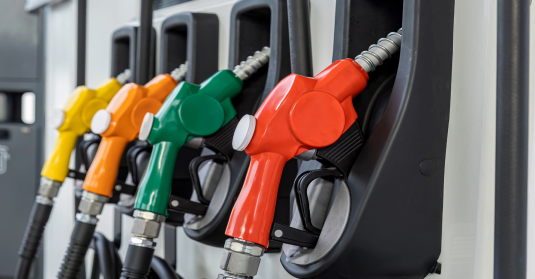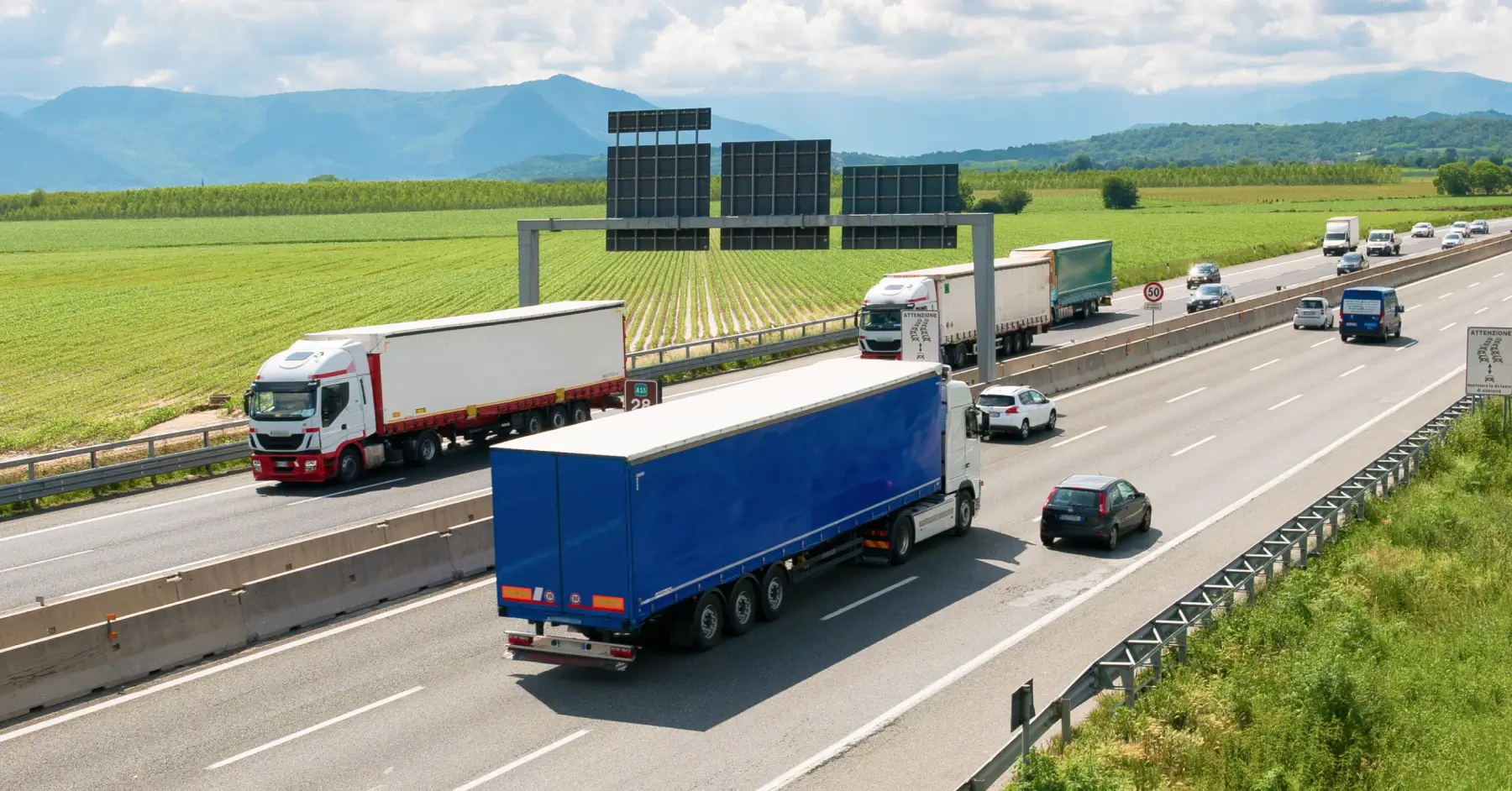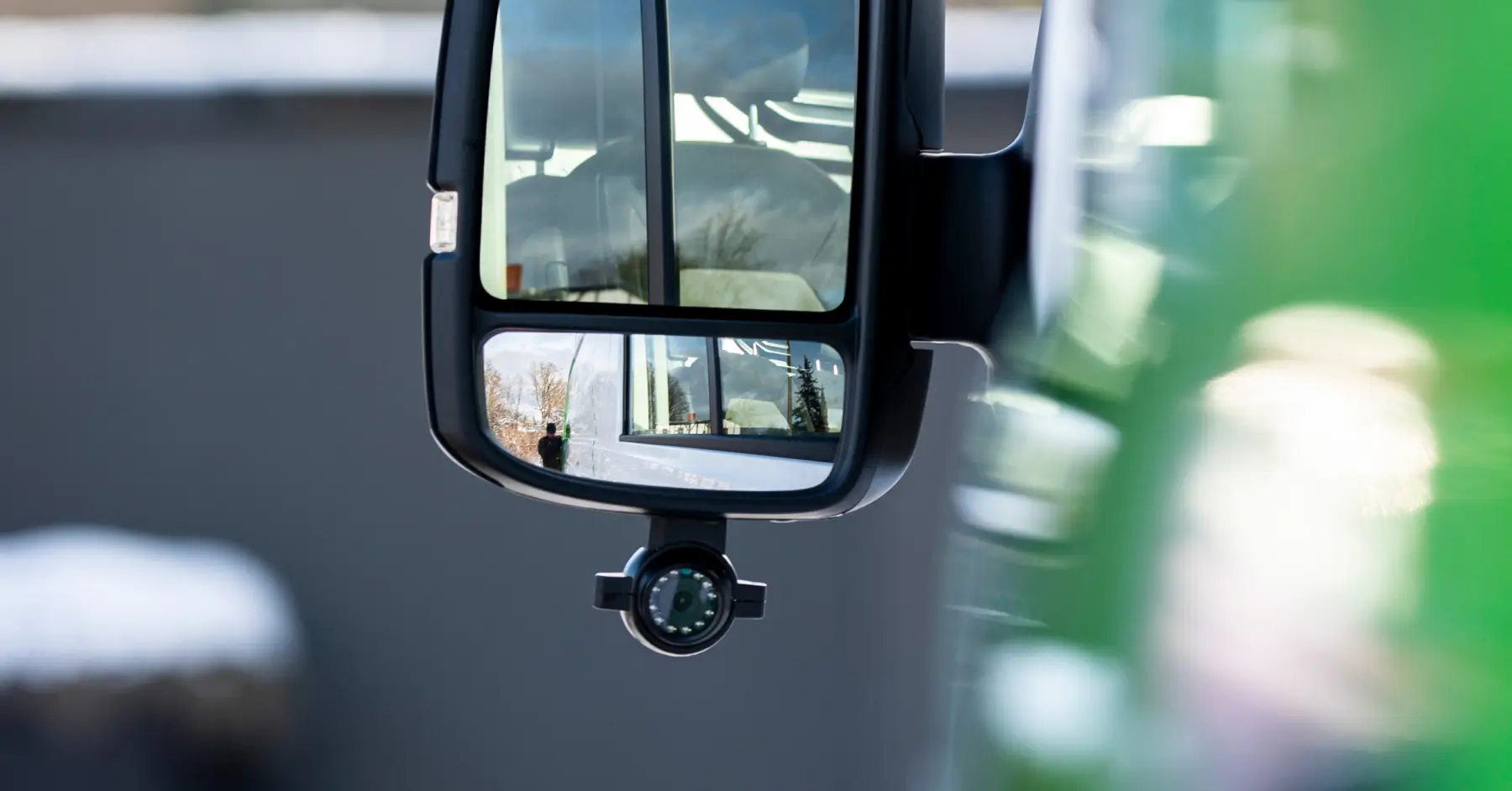With zero-emission deadlines fast approaching in Europe, we’re seeing more and more fleets exploring the idea of introducing electric vehicles (EVs).
According to Reuters, corporate/commercial fleets in major European markets accounted for about 60% of new electric vehicle (EV) sales in 2023. But most fleets aren’t going fully electric. They’re becoming mixed: diesel, gas, hybrid and EVs operating side by side.
A mixed fleet isn’t simply more vehicles with different engines. It reshapes daily work. Fleet managers must learn to balance charging events, route planning, and cost control while keeping vehicles on the road and tasks complete.
In this article, we highlight the most common issues fleets face when electric and traditional vehicles operate together, and explain how telematics helps keep the transition manageable, predictable, and cost-efficient.
Streamlining mixed fleet operations through a unified platform
A mixed fleet can include everything from diesel and petrol vehicles to liquid petroleum gas (LPG), hydrotreated vegetable oil (HVO), and fully electric models. While some internal combustion engine (ICE) options like LPG offer advantages over others, such as lower fuel costs and reduced emissions, they remain easy to integrate since they use familiar refueling processes and infrastructure.
Electric vehicles, on the other hand, while serving as the most cost and emission efficient solution long term, introduce a different dynamic. Charging events and limited charging infrastructure can create downtime and require more careful planning to maintain operational efficiency.
1. Increased operational complexity
Route planning and daily operations become more complex in a mixed fleet because EVs have shorter and more variable ranges that are affected by weather and terrain, and require longer charging stops. Fleet managers must carefully match vehicles to routes based on distance and energy needs, decide when to use EVs versus ICE vehicles, and coordinate charging schedules around driver shifts and vehicle availability. This adds a new layer of planning compared to managing an ICE-only fleet.

Solution: Utilising the benefits of each vehicle
Past trips can give an accurate idea of electric vehicle range, especially for recurring routes, thereby helping effective future planning.
Meanwhile, ICE vehicles can help ensure smooth operations for distant destinations. This supports a balanced operational mix between ICE and EV vehicles.
2. Scattered data and complex reporting
Mixed fleets must manage and track two different energy cost streams – fuel and electricity, which adds complexity to budgeting, forecasting, and emission reporting. Because not all fleet management systems are equipped to handle EV-specific data, companies may be forced to split vehicle management between different platforms. This leads to scattered management and uneven data reports, and increased the likelihood of accidental oversight.

Solution: Unified data tracking and API possibilities
Consolidating charging and fuel data in a single platform also simplifies financial planning and ensures accurate inputs for TCO, ROI, and sustainability reporting.
In addition, Mapon is preparing to launch new API integrations that will let you bring energy-use and cost data directly into your TMS or accounting systems. This helps keep reporting consistent, and reduces the administrative work that often increases when fleets run on several energy types.
3. Intricate charging planning
EVs depend on reliable and well-placed charging stations, unlike ICE vehicles that can refuel almost anywhere. Fleet managers must coordinate two fueling systems, plan around longer charging times to maintain vehicle utilisation, and sometimes invest in costly depot power upgrades or grid capacity improvements.

Solution: Clear battery and charging overview
Fleet managers can overview vehicle readiness and plan assignments accordingly, reducing idle time and ensuring optimal local charger utilisation.
4. Different operational and maintenance needs
While EVs have fewer moving parts, they introduce new components like batteries and charging systems that need specialised attention. Meanwhile, ICE vehicles still require regular oil changes and servicing. On top of that, drivers and managers must adapt to using and managing EVs – understand efficient EV driving, charging routines, and range planning.

Solution: Automated maintenance tracking
Automated reminders for service intervals or system checks ensure proactive maintenance for both ICE and EV fleets.
To sum up, a full shift to EVs will take time. Many companies will continue relying on diesel alternatives such as HVO or LPG to reduce emissions without adding the operational constraints that come with charging.
Until the transition is complete, mixed fleets will remain the norm. And that’s why a mixed-fleet-friendly platform that unifies all your vehicles and data in a single place, regardless of engine type, is just the thing you need.
If you want to see how this works in practice, the Mapon team can walk you through the options. Reach out for more information!
















 Back to all posts
Back to all posts









